|
Shropshire & Derbyshire |
|
Page 1 of 2 |
|
Spring time in the UK is as good as it gets and so we headed off with Priscilla to the beautiful counties of Shropshire and Derbyshire. When we left home the trees were just beginning to show green buds and by the time we returned everywhere was a flush of fresh green foliage. It was lovely to sit in the countryside and watch England burst into our green and pleasant land! This was our first trip with “Smartie” in tow. “Priscilla” took it all in her stride and you would not have known “Smartie” was there apart from extra effort to tackle the longer uphill stretches. We even had to reverse in a garage forecourt as we found the diesel pump in our lane was out of action! “Smartie” was invaluable for exploring all the narrow lanes and for day trips out, shopping, etc. |
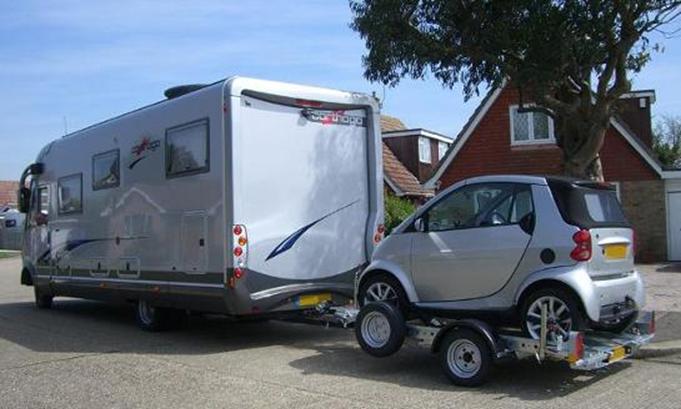
|
Hold Mummy’s hand when we are on the road and don’t go wandering off on your own! |
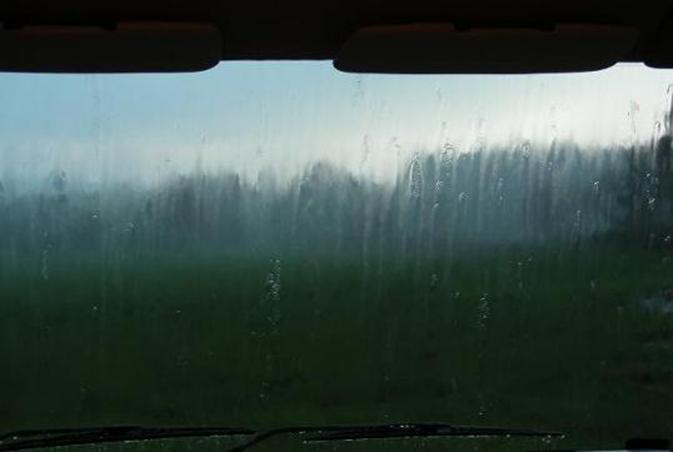
|
The view from our lounge window on the rainy days |
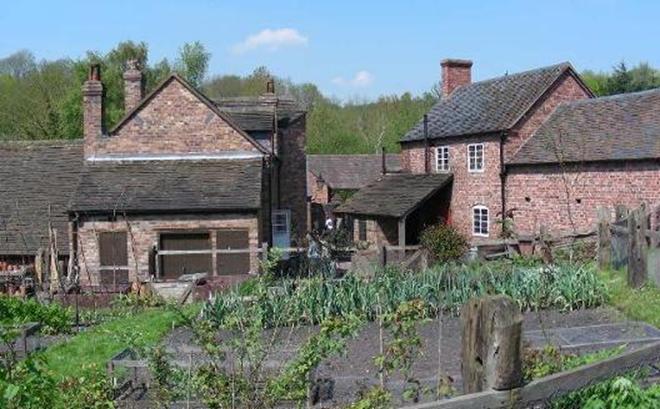
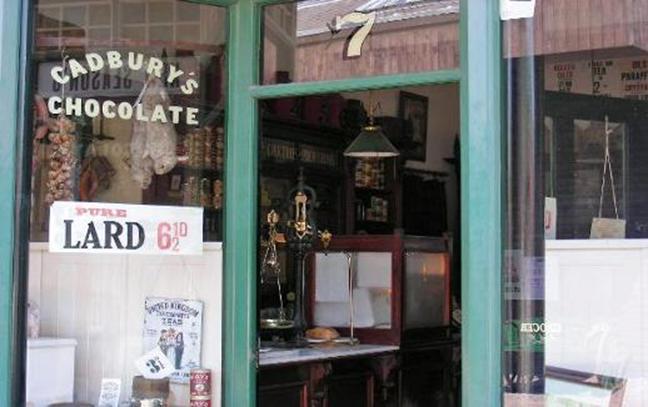
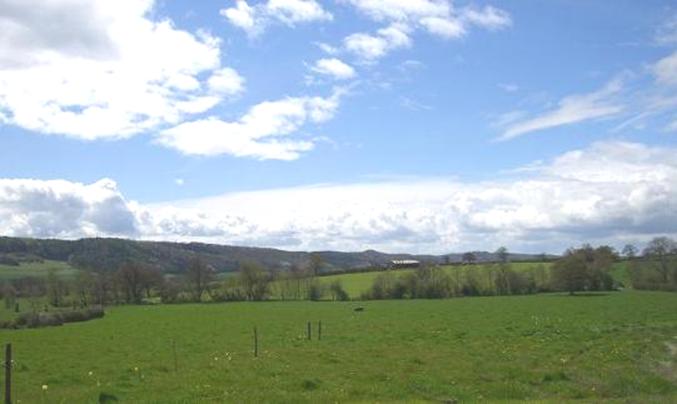
|
View from our lounge on a sunny day in Shropshire.
We stayed at a dairy farm in Wall Under Heywood near Church Stretton |
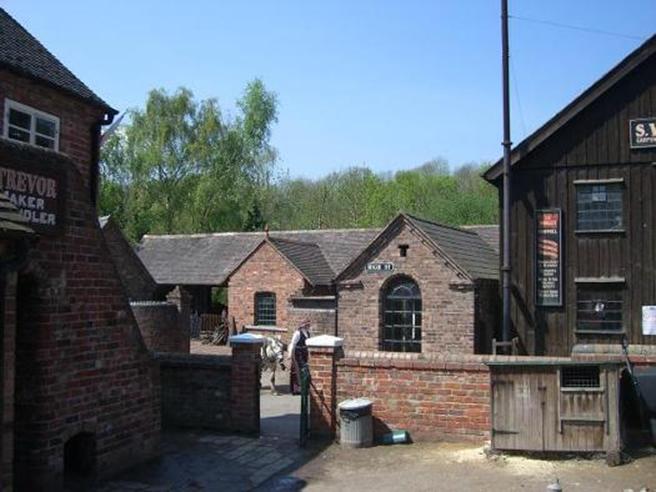
|
Blists Hill is a Victorian Villiage open air museum near Ironbridge. It was a fascinating insight to Victorian life. All of the museum staff were trained in their subjects and role played life as it was around 1900. Here you have the candle makers shop on the left and the sawmill on the right. In the centre is the working yard for the sawmill and a horse being led out for work in the village. |
|
In the shops you could see the goods that were stocked over 100 years ago and the prices of the time. In some stores you could buy their wares with old threepenny bits, pennies, halfpennies, farthings which could be exchanged with modern currency in the village bank. |
|
In the back gardens vegetables were being grown on which to feed the families. Cultivation was being carried out with traditional tools—no rotavators here!
Animal and human manure were used to enrich the soil. |
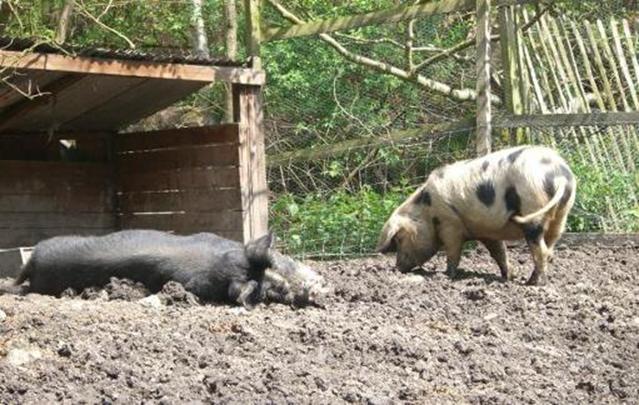
|
Many cottages had their own pig sties. A family would purchase two piglets to fatten up. One would be to eat and the other to be sold. The one to be sold was called the “piggy bank” - it was their savings!
Slaughtering the pigs was done in rotation by agreement and the meat shared around the other households. In this way nothing was wasted and there was no problem with storage. |
|
Inside all of the houses everything was authentic and the staff member in attendance could answer any of your questions about how things were made and what they were used for |
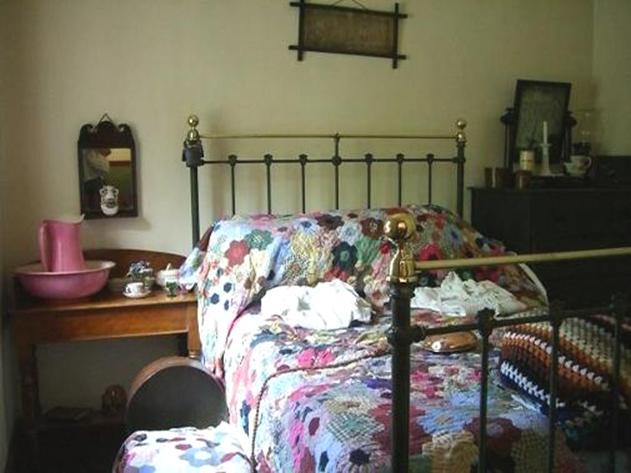
|
Here is the main living room in the doctors house. This house was quite posh in comparison with most of the village. The shelf decorations were lacework whereas the poorer people usually cut out newspaper to decorate their shelves. |
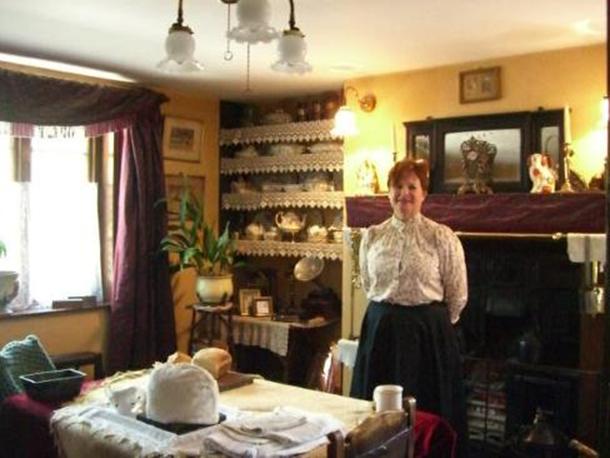
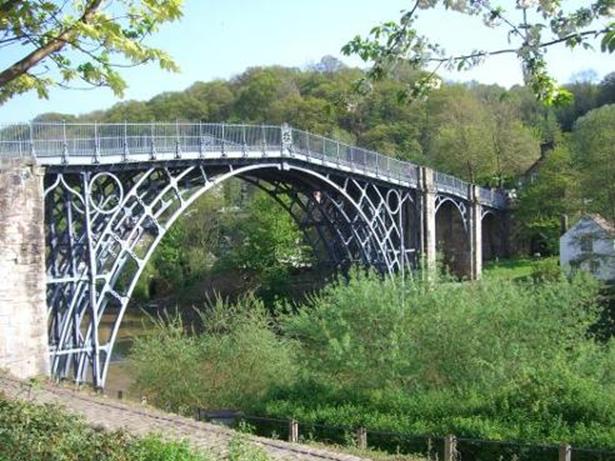
|
The main industry in the area was based around iron. In this area of the Severn Valley limestone, ironstone and coal are to be found in abundance. Not only that but the river provided transport to the outside World.
Here is the Iron Bridge built from cast iron components and the first iron bridge to be constructed anywhere. It provided a safe crossing of the River Severn which could be precarious by ferry when the river was in flood. |
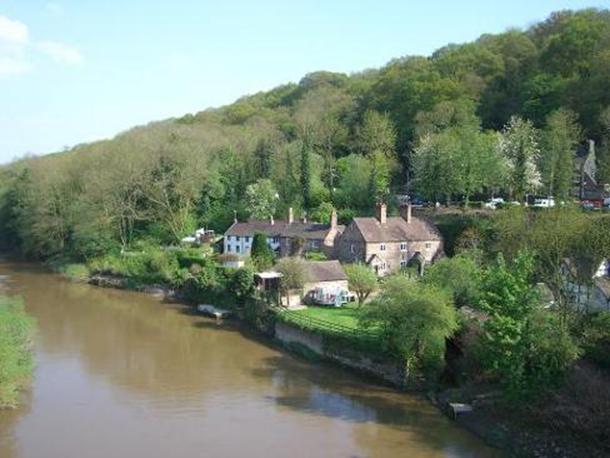
|
Here is a view of the Severn taken from the middle of the Iron Bridge.
All very peaceful now but a hive of industry in Victorian days. |
|
Www.Georgeanddesnee.com george and desnee |